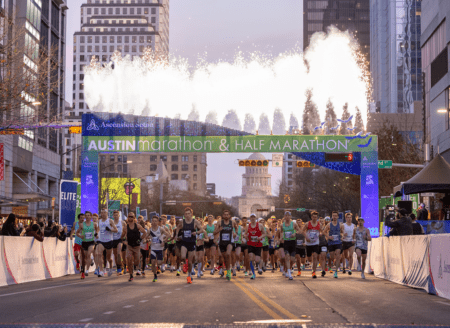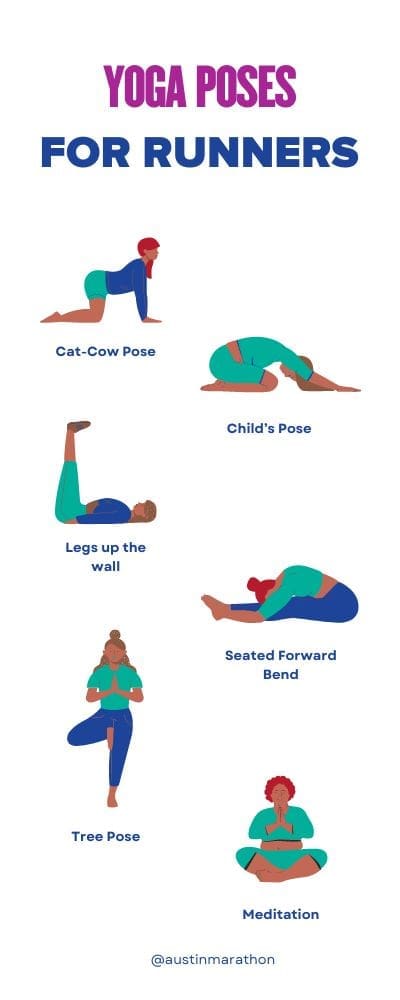Calm Pre-Race Nerves With These 5 Tips
 Ready for the big race?
Ready for the big race?
We know you’re on edge, but don’t worry. Pre-race nerves are totally normal – even seasoned runners feel them too. Don’t sweat it though; there are lots of ways to keep those butterflies under control so can focus on that finish line like a champ.
1. Be Prepared
Stop doubt before it happens. Make
a list and prepare everything the night before. Have your clothes, shoes, and bib laid out. Leave stuff you don’t need at home or with a member of your cheer crew. Charge your phone all the way to 100% and leave plugged in until you have to leave.
Is your playlist ready to go? We suggest a service where you don’t have to depend on service and can download the playlist like Spotify premium so you don’t have to worry about any interruptions to your tunes.

2. Set Your Motivation
Why are you here? Remind yourself of your motivation and purpose for signing up. Maybe you want to try something new to prove you could. Maybe you’re shooting for that PR. Maybe you’re showing your kids that exercise is part of a happy life. Try and embrace the added adrenaline or excitement and use it to perform with confidence in why you’re running today. If you haven’t set a goal yet, check out some tips for setting goals.
3. Stop Thinking About it So Much
We know, easier said than done, but at some point, you’ve got to lace up your running shoes and start your warm-up routine.
Distract yourself with other things like talking to others around you, taking some pre-race selfies, participating in the pre-race warm-up, dance it out.
Trust us, you’re prepared. Evaluations can wait until much later. In our opinion, you should give yourself a few days to reflect before you jump into a full race report. The journey is the accomplishment.

4. Use the restroom
This isn’t the most glamorous advice but hey, it is important. Always make the attempt before your start time.
5. Breathe
While it may seem like simple advice, it’s incredibly common to experience an increased heart rate and faster breathing once you get on-site. Take a moment to close your eyes and remember your training. Collect your thoughts and take deep breaths in through your nose and out through the mouth.
You got this!














